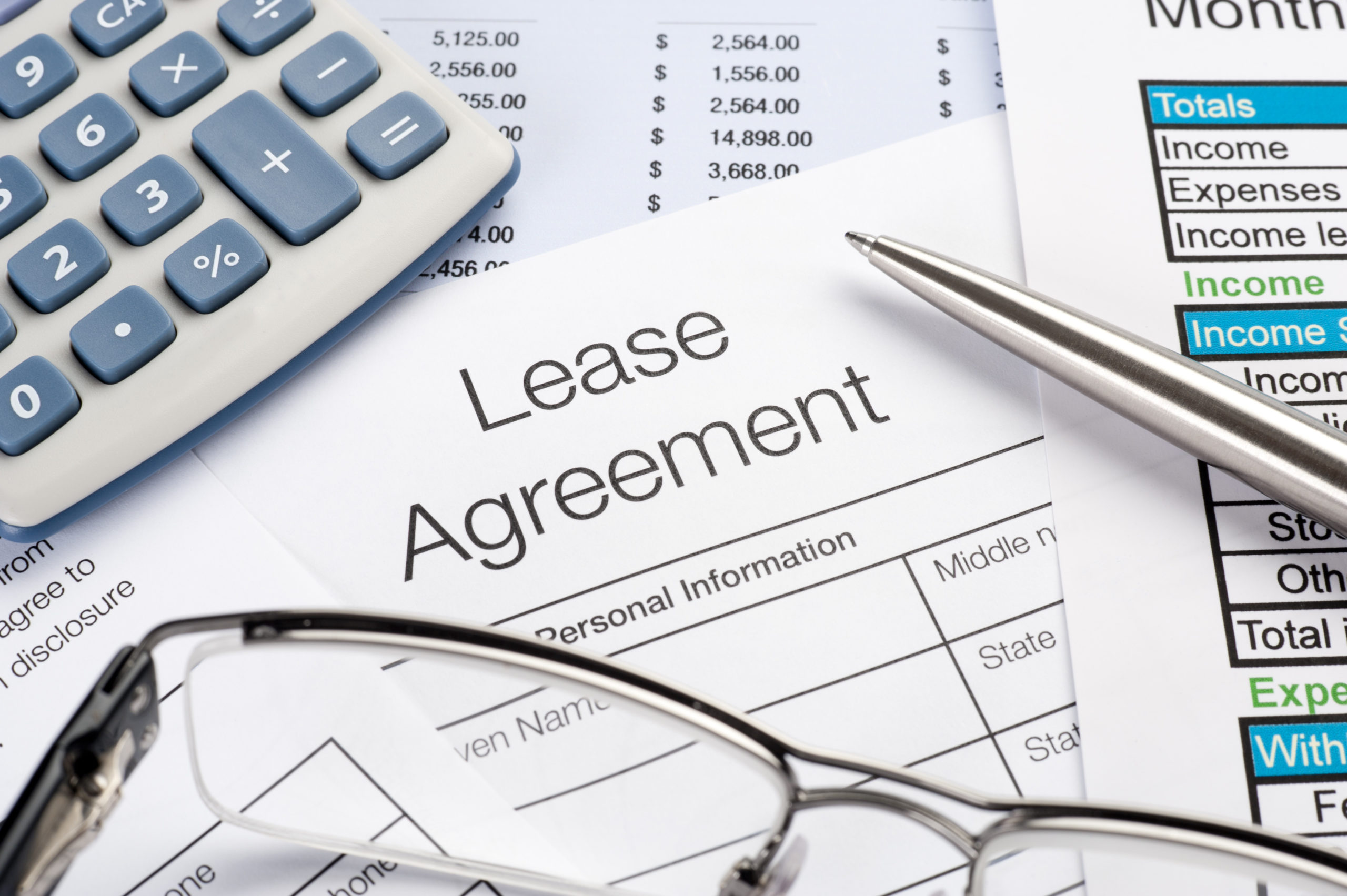After a COVID-related delay, the new accounting standard for leases takes effect for all organizations (including nonprofits) that haven’t yet adopted it for calendar year 2022 (and fiscal years thereafter). The Financial Accounting Standards Board’s (FASB) Accounting Standards Update (ASU) 2016-02, Leases (Topic 842), applies to all entities (both lessees and lessors) that lease assets such as real estate, vehicles and equipment. The new rules are codified in FASB Accounting Standards Codification (ASC) 842. Here’s an overview of what you need to know.
New accounting treatment
ASU 2016-02 is the first change to the accounting rules for leases in more than 30 years. Until now, the proper accounting for a lease depended on whether it was a capital lease (now known as a finance lease) or an operating lease.
Capital leases, such as a lease of a piece of equipment for most of its useful life, were reported as assets and liabilities on a nonprofit’s statement of financial position. Operating leases, such as a lease of office space for a shorter term, were recognized on a lessee’s financial statements as rent expense with required disclosures.
Under ASC 842, lessees must recognize assets and liabilities for all leases for terms of more than 12 months — whether the leases are finance or operating. You will need to report the right to use the leased asset as an asset on the statement of financial position, with the obligation to pay rent (reduced to its present value) to be reported as a liability.
The category of lease comes into play when determining the proper way to recognize, measure and present a lessee’s expenses and cash flows. For nonprofits:
Finance leases. On the statement of activities, amortize leased assets that you have the right to use separately from recording interest on the lease liability. For the statement of cash flows, classify repayments of the principal portion of the lease liability in financing activities. Classify payments of interest on the lease liability and variable lease payments in operating activities on the statement of cash flows.
Operating leases. Recognize a single total lease cost, allocating the cost across the lease term, typically on a straight-line basis. Classify cash payments made in operating activities on the statement of cash flows.
The new accounting rules also require additional disclosures about leases, including information about variable payments and options to renew or terminate. The accounting can become even more complicated with “embedded” contracts — or contracts with both lease and service or supply components (for example, a building lease that includes maintenance or security services). ASC 842 requires organizations to separate lease components from nonlease components. The portion of a contract payment that’s related to nonlease components is excluded from the measurement of lease assets and liabilities, unless the available practical expedient is elected.
Implications for your organization
The new standard could affect nonprofits in multiple ways. Most obviously, you’ll need to adjust your accounting and financial reporting processes and procedures to ensure compliance. The first step is to identify all your leases so you can properly categorize them. You’ll also need processes to collect the necessary information on new leases going forward.
It’s important to understand the potential effects of changes in your accounting and financial statements. For example, you should reach out to any lenders and similar stakeholders to determine if the changes might affect debt covenants or other significant metrics that influence their decisions.
The new rules could affect your future lease negotiations, too. Your previous priorities may change in light of the new reporting requirements. You might, for instance, benefit from lower fixed rent and higher variable costs because you generally can exclude variable lease payments when measuring lease assets and lease liabilities.
Don’t delay
With ASC 842 effective for most organizations in 2022, you need to prepare now. There are numerous expedients available to both lessees and lessors to ease the transition to the new standard. We will be happy to discuss the necessary processes and procedures needed to comply with the new requirements.




